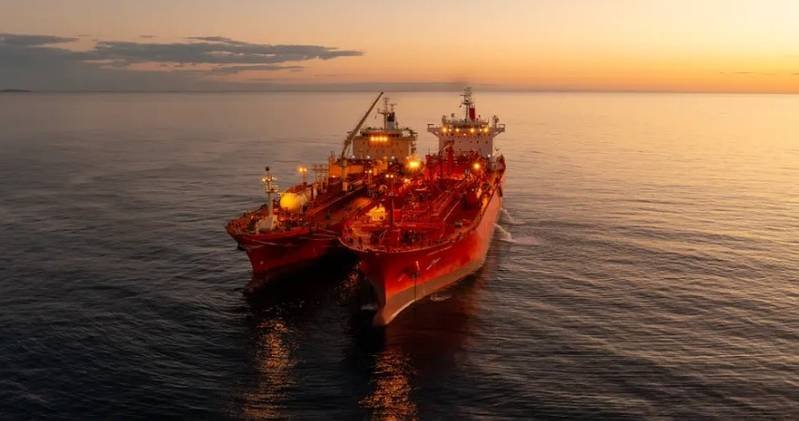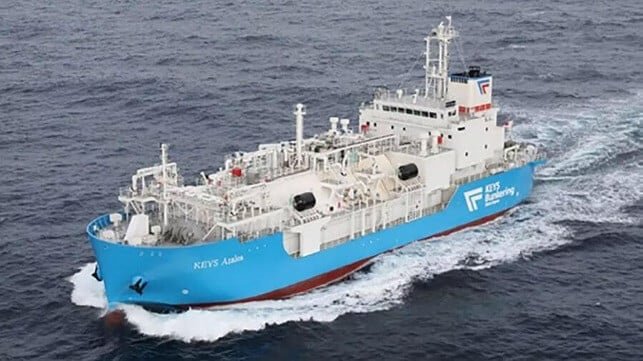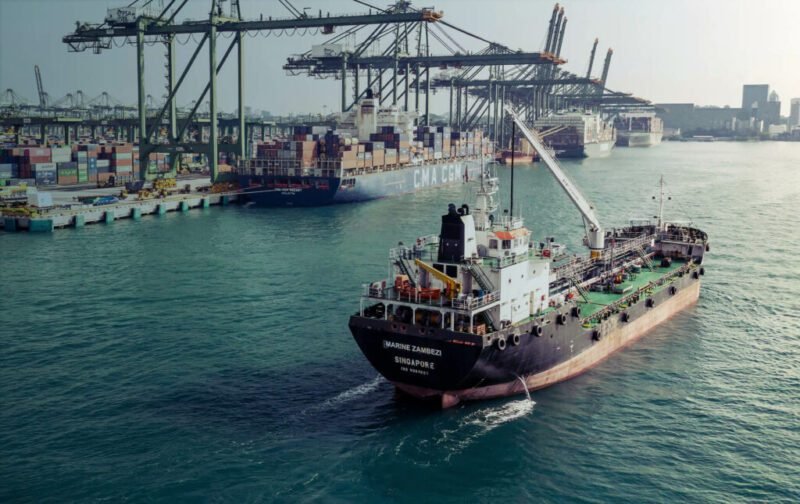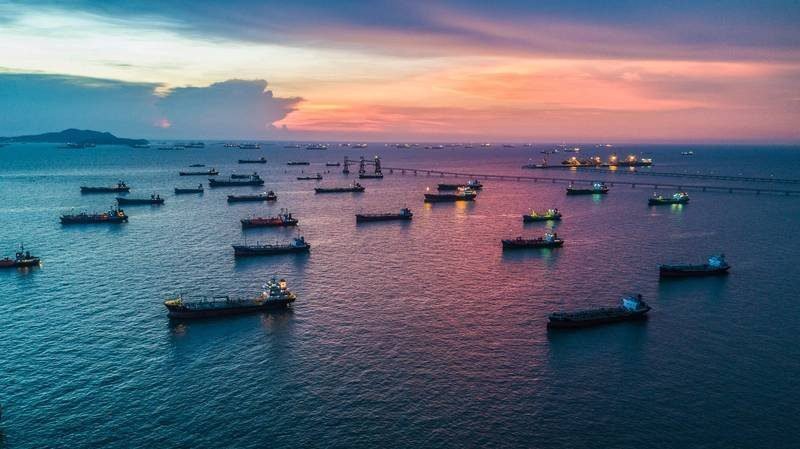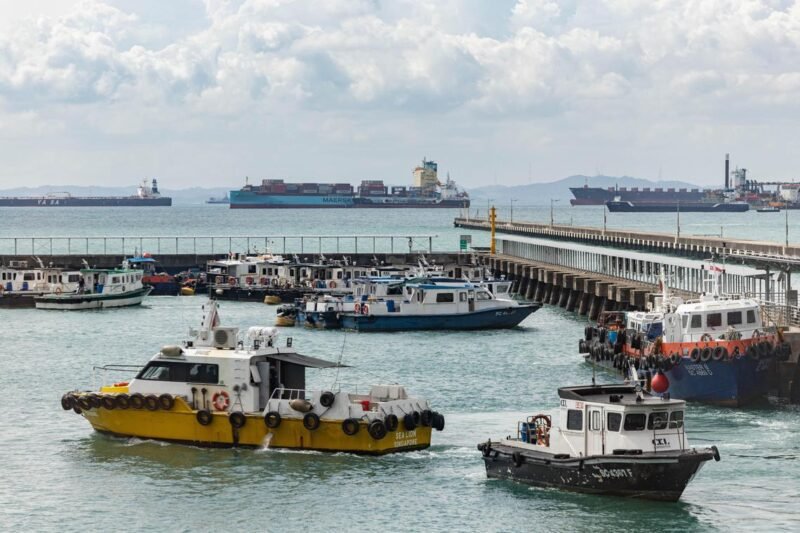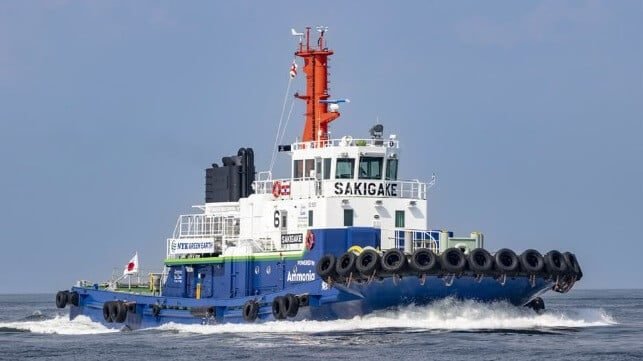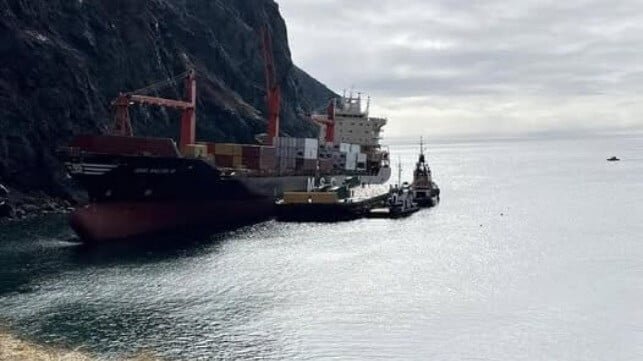The Port of Rotterdam recently conducted test steps to assess its capabilities for future ammonia bunkering operations, in preparation for the expected arrival of ammonia-fueled vessels in 2026 or 2027. The port, known as the world’s second-largest bunker port, has been focusing on developing infrastructure for alternative fuels like LNG and methanol. Safety protocols were heightened for the test, with assessments and preparations already in place for LNG and methanol bunkering. The successful pilot involved transferring 800 cubic meters of liquid ammonia between two ships, using gray ammonia for testing purposes.
The pilot at the Port of Rotterdam was a collaborative effort involving various parties facilitated by the Port of Rotterdam Authority. OCI, Trammo, James Fisher Fendercare, Victrol, and several other organizations worked together to ensure the safe execution of the ship-to-ship transfer. This test followed a similar process conducted in Singapore last year, where Fortescue’s vessel received the first bunkering of ammonia as marine fuel. The industry is seeing a growing interest in using ammonia as a fuel, with several vessels on order capable of sailing using ammonia in the next few years.
Developing infrastructure for ammonia bunkering is crucial for the industry’s transition to alternative fuels like ammonia. Companies like CMB.TECH, Fortescue, and Mitsui O.S.K. Lines are making significant strides towards using ammonia as a fuel source, with plans for ammonia-fueled vessels in the near future. The efforts of these companies are seen as pioneering in the industry, contributing to the development of necessary infrastructure to support the widespread adoption of ammonia as an alternative fuel.



